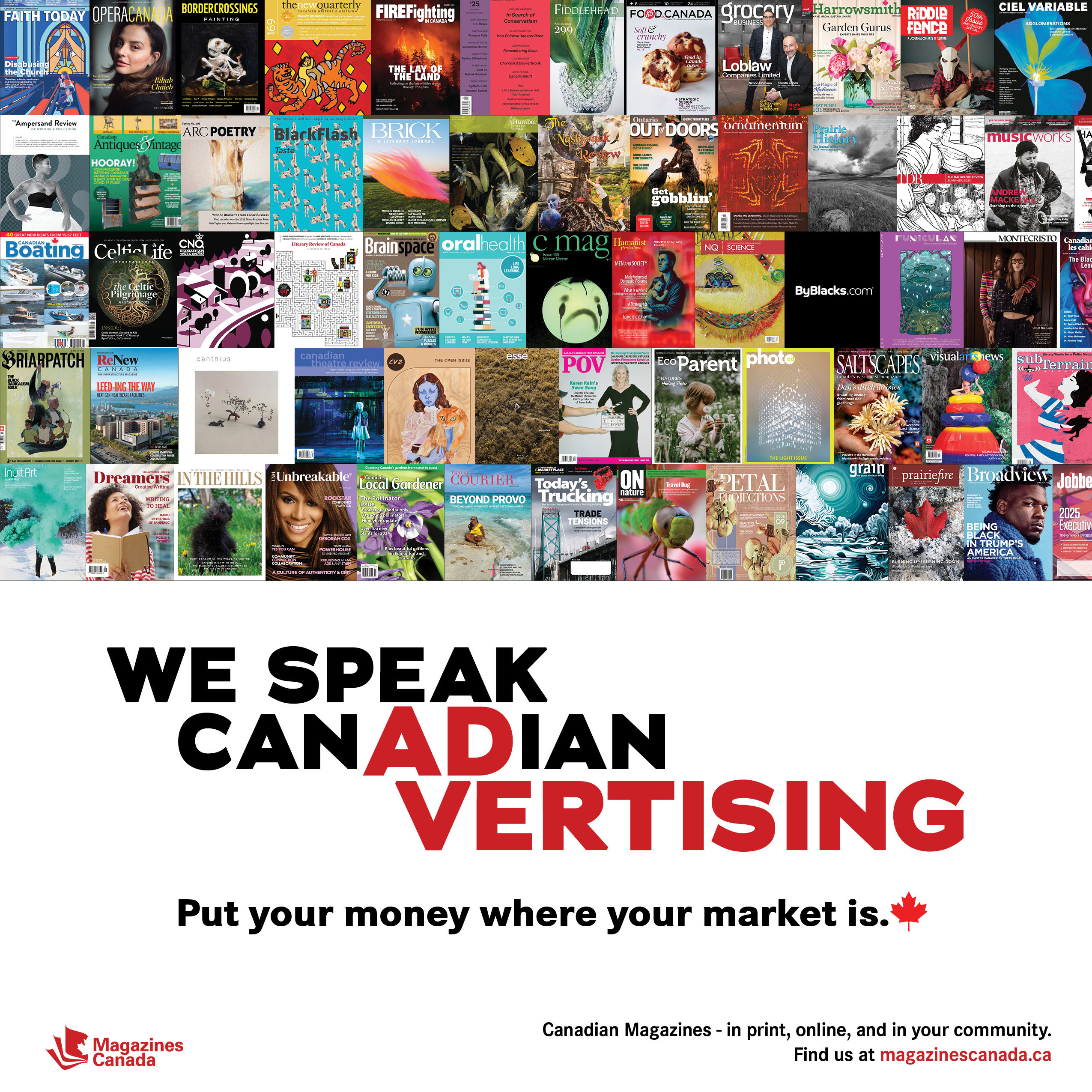Answering the “So what?” in SSHRC applications
How to articulate the expected scholarly outcomes of your proposed research project.

Question:
I’m preparing an application for the upcoming SSHRC Insight Development Grant competition, and I have to describe the potential long-term scholarly benefits and outcomes (e.g., evolution, effects, potential learning and implications) that could emerge from the proposed project” (according to SSHRC’s instructions). I study cinema, particularly little-discussed films by African directors and production companies; whenever I describe what I’ll be adding to the research literature, my mentor writes in the margins of my draft materials, “so what?”. To my mind, the answer is obvious: no one else is talking about this material, but it’s fascinating. What am I missing? How do I answer “so what”?
– Anonymous, Film Studies
Dr. Editor’s answer:
When you’re a detail-oriented researcher in the humanities — someone who loves the minutia of artistic or cultural representations — it can of course be hard to step back and construct a big-picture argument about a research project that you haven’t even started.
I’ve been editing research grant applications for nearly ten years, and, from my experience, I can tell you that you’re not alone: few of the scholars I support know how to write about the expected scholarly outcomes of their work. The IDG evaluation criteria specify that your application will be judged on its “originality, significance and expected contribution to knowledge” and on its “potential for the project results to have influence and impact within and/or beyond the social sciences and humanities research community.” If you’re an emerging scholar, these two evaluation criteria make up a third of your score for the “Challenge” category, and 29 per cent of that category if you’re an established scholar; because “Challenge” is worth half of your total score, that means your ability to answer the “so what?” question is worth between 14 and 17 per cent of the total score that your application receives.
Importantly, IDG peer reviewers won’t be able to figure out your “so what?” if you don’t give it to them. Because you’re in film studies, I’m assuming you’re likely applying to Committee 03 (Fine Arts, Research-Creation). I encourage you to review the lists of previous IDG merit review committee members: look at the names of the people on the 2025 or 2024 Fine Arts committee, Google them, and read about their diverse areas of expertise. You might study African film, but your peer reviewers will have expertise in topics as diverse as virtual reality, future interplanetary urbanism, digital music composition, and Rococo visual arts. For these people — or for the 2026 peer review committee, which will be equally diverse — to properly evaluation your application, you’ll need to spell out for them what that potential scholarly “influence and impact” of your work will be.
There are a few different ways your answer here might go wrong. You might:
- promise scholarly outcomes that neither your methodology nor your knowledge mobilization plan are capable of delivering;
- claim to offer significant impacts without saying what they are or to whom they matter;
- go too general, promising to make substantial contributions to multiple disciplines;
- describe your outputs — your planned publications, conference presentations, and pieces of public scholarship — instead of describing the intangible benefits that will accrue to the people who engage with those outputs; or
- focus exclusively on societal benefits, neglecting to demonstrate your work’s potential impact within the social sciences and humanities research community.
When I interviewed former SSHRC peer reviewers and asked them about expected outcomes, they told me:
“The fact that no one has studied something isn’t a good reason to study something. You have to have better reasons than ‘it hasn’t been done before.’” (Reviewer 048 – Business, Management & Related Fields, IDG)
“To me, work in the social sciences and humanities must have three big layers of contribution: a conceptual or theoretical contribution, a methodological or research design contribution, and an empirical contribution. To me, it’s a big issue if I don’t see an applicant trying to hit at least two of these three layers of contribution.” (Reviewer 021 – Law & Criminology, IG)
(If you missed it back in June 2025, you can access the full 46-page PDF of SSHRC Peer Reviewers’ Perspectives here.)
When I work with my clients on their IDG applications, I break down the articulation of scholarly significance into four categories:
- Direct contributions to knowledge — that is, the new content, knowledge, or understanding that you’ll develop, and the subfields within your discipline that this knowledge will benefit;
- Indirect contributions to knowledge — that is, the new understandings that you’ll develop that may not be intrinsically interesting to researchers in neighbouring subfields, but which they should care about because of what you find (which, in your case, might involve contributions to film studies researchers not intrinsically interested in African works, or researchers of African art and cultures who aren’t intrinsically interested in film);
- Contributions to methodology — that is, an innovation or adjustment to an established method, or the integration of a method from a different discipline into yours, which other researchers in your field or in similar areas could take up and apply in their work; and,
- Contributions to theory — that is, an advancement in, challenge to, complication of, or nuance within an existing theoretical frame or the development of a new one that will likewise resonate beyond the boundaries of your niche area.
I’m not saying that you have to hit all four categories above to be funded — in fact, I suspect that few projects will be able to deliver four distinct contributions within the IDG’s one-to-two-year span. However, if you’re only making knowledge contributions — if you know you’re not addressing points 3 or 4 above — then try to address both 1 and 2, articulating the direct beneficiaries of your findings as well as the indirect beneficiaries.
Once you’ve figured out your expected scholarly outcomes, you’ll then need to review your application for alignment: are your methods going to be able to deliver the outcomes you expect? And does your knowledge mobilization plan describe how you’ll get your findings to the audiences who need to hear them? If your only outputs are a presentation at the annual conference of the African Film Studies Association and a peer-reviewed journal article for African Film (I’ve made these venues up, but you get my idea), then I don’t see how you would achieve any category 2, 3, or 4 contributions — because your work would only target researchers with a direct interest in your study.
Dear letter-writer, I invite you to put “so what?” to one side. It’s an abrupt and confrontational question that stymies many a researcher. Instead, think of which groups of researchers will benefit directly from your new knowledge, as well as those who will benefit indirectly — those whose fields will be enriched by the ripple effects of your work. Then, help your peer reviewers to understand who those audiences are, and persuade your reviewers that you know what those audiences need to hear and how you’ll reach them. Do that work well, and you can ignore “so what?” entirely.
Featured Jobs
- Architecture - Assistant Professor (environmental humanities and design)McGill University
- Engineering - Assistant or Associate Professor (Robotics & AI)University of Alberta
















Post a comment
University Affairs moderates all comments according to the following guidelines. If approved, comments generally appear within one business day. We may republish particularly insightful remarks in our print edition or elsewhere.